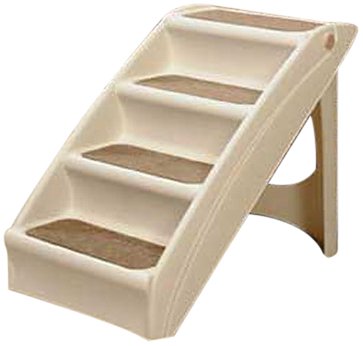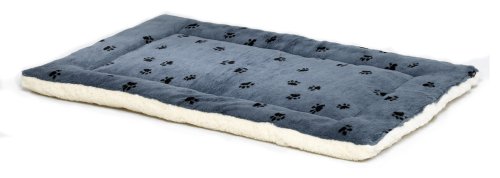Dog collars provide several functions. A dog collar can be used to hold an identification tag, display the dog's license, or provide an anchor for the dog's leash. Collars come in a variety of types, sizes, and materials. When selecting a collar for your dog, the animal's breed, size, weight, and disposition need to be considered. Most dogs will be suited to a nylon or leather collar. The importance of dog collars is that they allow pets to be identified and help keep them safe, as well as assist in training.
Fitting a Dog Collar
A puppy can begin wearing a collar at eight weeks old. For puppies, the collar's fit and size need to be checked every two weeks because of the animal's rapid growth. The collar should sit on the upper part of the dog's neck; it should not keep sliding down the neck and sit close to the dog's shoulders. A collar should be fitted on the dog's neck with two adult-size fingers between the collar and the dog's neck. It is important to note that any collar should not be tight to the extent that it restricts the dog's ability to breath. Also, it should not cause the dog to cough.
Using a Dog Collar for Identification and Safety
When a dog is fitted with a collar, a nametag containing the dog's name and the owner's name, phone number and/or address should be immediately attached to the collar. In addition, a license should accompany the nametag. Some collars can also be embroidered with the dog's name and a phone number, but a nametag is still essential. If a dog is lost, the identification information will help those who find it return the dog to its owner. Also, use of a collar and leash will keep a dog safe on walks and trips to the vet.
Harness Collars
In addition to the traditional circular collars worn by dogs, there are several different types of collars available for pets. Harness collars fit along the dog's back, stomach, and sides. Harness collars are appropriate for dogs that are initially resistant to a collar, or dogs that tend to slip out of the traditional collar. A harness collar can be used when walking a dog because it gives the dog's guardian more control over the direction and pacing of the animal when walking.
Choke Collars
Chain, or choke, collars are used when training a dog, and they are used for dogs that tend to pull on a leash or do not follow a guardian's pace and direction when walking. The choke collar is used in a 'pull/release' manner when the dog is walking. The choke collar is correctly placed on the dog in a P" formation, with the leash loop end being placed across the dog's back, coming off of its right side on the top side of the neck. Choke collars should be used with a regular collar for training and not left on when the dog is not being trained or walked. The collar should tighten only when the dog pulls" and release immediately when it stops pulling."
One type of choke collar to avoid is the pronged collar. These collars utilize blunt-point prongs that extend from the collar toward the dog's neck. It is strongly recommended that dog guardians learn to correctly train their pets using a chain collar, never a pronged one. The potential for harm and trauma is high with a pronged collar.
A large pet store is the best outlet for purchasing a dog collar. A dog guardian shopping for a collar can see the different types and sizes. Also, when patronizing stores that allow animals, a guardian can take the dog into the store and have the dog try on several different collars. If the guardian has questions about a collar, the pet-store staff is available to answer questions or make recommendations regarding specific dog collars. The importance of dog collars is that they help identify, keep safe, and train dogs, so use this information to choose the best collar for your dog.

 Advantages of Choosing The Right Orthopedic Dog Bed
Pets are very important in various households. This is
Advantages of Choosing The Right Orthopedic Dog Bed
Pets are very important in various households. This is
 Designer Dog: Havachon
Credit: SuzyQinOrlando
Designer Dog: Havachon
Credit: SuzyQinOrlando
 Have Furry Children? Four Important Facts for Happy Pets
Whats the saying? Happy Pets
Have Furry Children? Four Important Facts for Happy Pets
Whats the saying? Happy Pets
 Fashion For Dogs: Trends and Styles for the Chic Pooch
Is your pooch chic? Then youll need to keep up with the
Fashion For Dogs: Trends and Styles for the Chic Pooch
Is your pooch chic? Then youll need to keep up with the
 Washable Dog Bed for Large Dogs
As I walked down the aisles
Washable Dog Bed for Large Dogs
As I walked down the aisles